Fly tying: There's no new black.
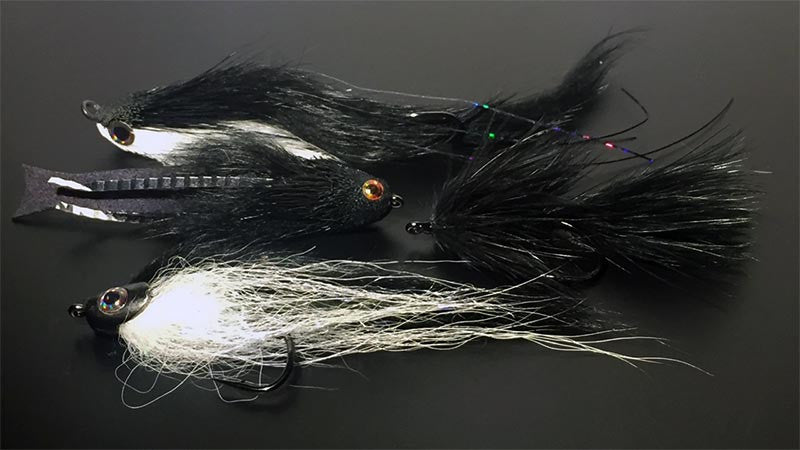
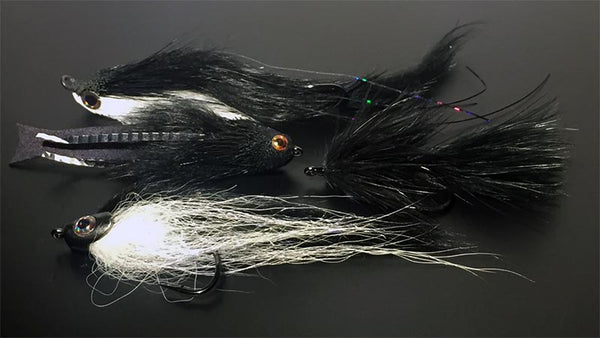
It doesn't matter what happens in the fashion industry – when it comes to fly fishing, there's no new black.
We've all heard it!
"Orange is the new black," or "purple is the new black," or even that olive would be the new black.
Don't get me wrong – I know there are a lot of colors that are really effective in different types of flies. I love throwing white deceivers to snappers and other saltwater species, and big olive flies to pike, not to mention fishing a banana-colored zonker for salmon or a big gray articulated streamer for trout.
There are so many colors that are important when it comes to flies and fly tying, but none more important than black.
When I started fly fishing I was taught wise things like: it doesn't matter what fly you're using as long as it's black, or, you only need two flies – one big black fly and one small black fly.
Okay, I admit this might be a little exaggerated, but think about it. There are hundreds of different black fly patterns out there such as Black & Silver, Black Death, Black Gnat, Black Sheep, Black Zulu, Black Frances, Black Doctor, Black Ghost, and Black Prince, just to name a few.
Why black?
1. Black is a natural color.
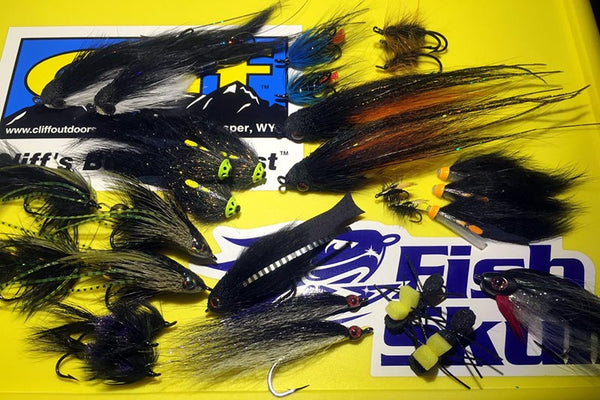
There's a lot of fish food out there that's black
Leeches, stoneflies, gnats, beetles.
With a small black fly you're sure to imitate something most fish would like to eat.
2. Black is a highly visible color.
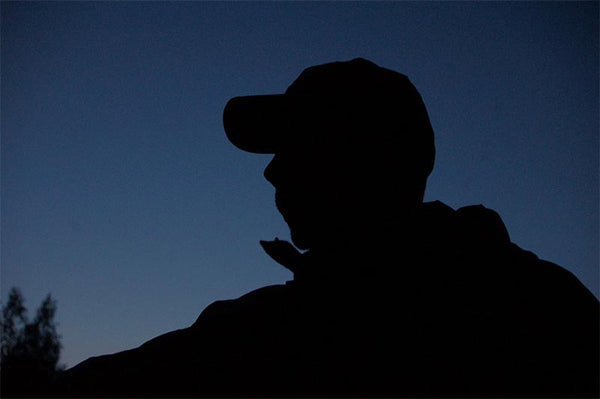
For night fishing, black is the color most frequently used by salmon and trout anglers.
No matter how dark the night sky is, a dense black fly will block out the little light there is and will be seen by fish as a black silhouette against a dark sky.
To increase the silhouette effect, I usually use deer hair or dubbing for the heads. My night flies almost always have big sculpin-like heads. The new black Fish-Skull® Sculpin Helmet™ provides another great option.
Black zonker strips are another optimal material for night flies. I usually use rabbit because it's a soft hair with a lot of movement. Rabbit is also available in pre-cut strips in many different widths.
The soft, dense hair, with the help of the skin strip, will give your fly a nice silhouette against the dark night sky.
3. Black works in dirty water.
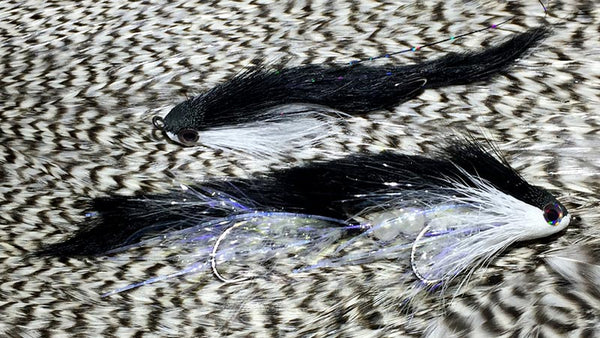
In dirty, ”Ganges”-colored water, it's important to use big, noisy, visible flies.
Once again, black is the go-to color.
A big black fly with a lot of flash and maybe a rattle and a muddler head is sure to get some attention.
4. Contrast!
Here's a subject close to my heart.
When it comes to salmon flies, contrast is an important ingredient.
There are a lot of salmon fly patterns with contrasting colors in them. Some of my favorite flies for salmon are built up with black as a base color and one or two brighter colors as a contrast.
The Black Sheep is a perfect example of a contrast fly. It has a black underwing/basewing that is surrounded with contrasting colors, a blue hackle, a yellow overwing and a red head.
This black contrast fly is a top fly and should be a must in every salmon fly angler's flybox.
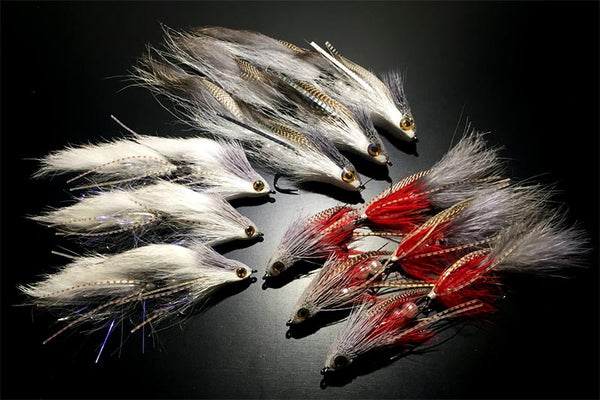
There you have it! There is no new black.
But if there was, gray would definitely be the new black.
What do you think? Leave a comment below.
Want more articles like this?
Join the Flymen Mailing List at the bottom of the page!
About Magnus Nygren:
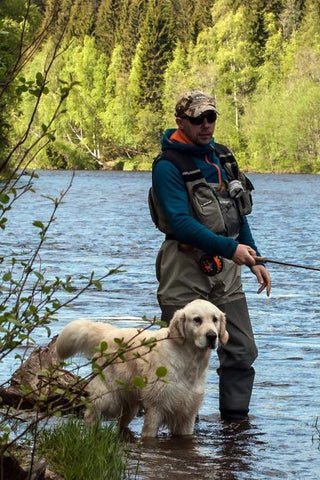 Magnus lives in northern Sweden only a little more then a double haul from the closest salmon river, and with ten more rivers within a short drive. Since he picked up his first fly rod and bought his first vise everything changed. Magnus is a Flymen Fly Tying Associate and a contributor to Sweden's largest fly fishing magazine, Allt om Flugfiske.
Magnus lives in northern Sweden only a little more then a double haul from the closest salmon river, and with ten more rivers within a short drive. Since he picked up his first fly rod and bought his first vise everything changed. Magnus is a Flymen Fly Tying Associate and a contributor to Sweden's largest fly fishing magazine, Allt om Flugfiske.



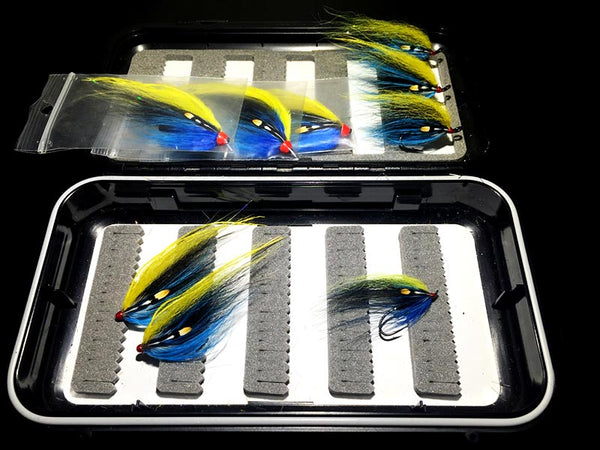
is the a fly called the “CONRAD” it was used by Ted Williams on many of his fishing trips Ted also used the “Black Does” I have not been able to locate either of the mentioned flies. Thank you for your trust and interest. Sincerely, Gary E. miller
You are absolutely right about dark fly,s at night,another thing that drive,s is when they say you should use bright colored fly,s in stained or muddy water,this is not true,black or dark fly,s again and I proved it myself on the St.Mary,s River in Nova Scotia.The river was swollen and dirty after heavy rain,s ,I took a grilse in the evening when we arrived and two the next morning before 9.30 all on dark fly,s,I only saw one other fish hooked on that trip.
Great article !!!
Like it I enjoy wat you have to demonstrate tank
Black is a great color, great patterns such as the black gnat, black bear brown and black creeper, just to name a few . Black patterns produce when others won’t. I now troll for salmon and I usually have a pattern that contains black.
Great article.
Leave a comment